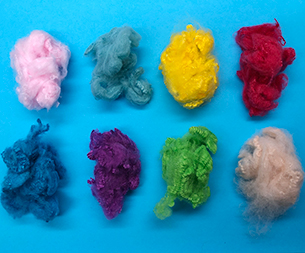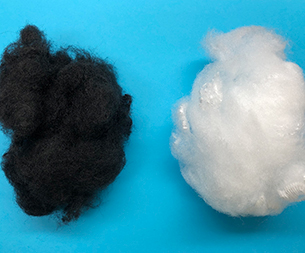Recently, the adjustment of the US tariff policy has triggered subtle changes in the global textile trade pattern. Among them, the emergence of the "90-day window period" has brought new opportunities for the re-export trade of textiles. However, although the 90-day window period seems generous, in actual operation, the time has been compressed to the extreme.
Tariff adjustments bring opportunities
From April 9, 2025, within 90 days, the US tariff rate on Malaysia will be significantly reduced to 10%, while previously the US tariff rate on China had already reached as high as 245%. This huge tariff difference provides highly attractive conditions for the re-export trade of textiles. As the world's largest producer and exporter of textiles, China's textiles have strong competitiveness in the international market. However, the high tariff barriers make it face considerable cost pressure when entering the US market.
Geographical advantages facilitate logistics
Malaysia is located in the center of Southeast Asia and serves as an important maritime passage connecting Asia and Oceania, as well as the Pacific Ocean and the Indian Ocean. The surrounding sea areas have dense shipping channels and are close to major trading partners such as China and the United States, which can effectively reduce transportation costs and time. For commodities like textiles that are large in volume and light in weight, the reduction of transportation costs is of crucial importance. In addition, Malaysia has several world-renowned ports, such as Port Klang, which is equipped with advanced loading and unloading facilities, an efficient logistics operation system and excellent warehousing conditions, capable of meeting the transshipment demands of a large amount of textiles.
The re-export boom is highly competitive
The huge profit gap has given rise to the "re-export competition". The Port Klang in Malaysia is brightly lit at night, with cargo ships berthing densely and cranes operating day and night. It takes 10 days for goods to be shipped from the Chinese factory to Malaysia. At least 7 days are needed for container changing, labeling and re-customs declaration. Then they are transported to the United States. It takes 30 days by fast ship and 50 days by slow ship. This means that orders that have not been dispatched by the end of April are highly likely to miss the deadline. "Even the factory schedules in Malaysia have to be snapped up now," said a middleman in re-export trade. "Some Chinese bosses fly there directly and charge a higher price on the spot to package the production lines." Some businessmen have even temporarily transformed and set up a "one-stop service".
The future trend remains to be seen
The 90-day window period has brought a short-term opportunity for Malaysia's textile re-export trade, making it an important textile transshipment hub at the current stage. However, with the end of the window period, the uncertainty of the global trade pattern still exists. It is necessary to keep abreast of the dynamics in aspects such as supply chain integration, industrial upgrading and policy adjustment at all times, as well as the long-term trends of global economic and trade policies.
Declaration: The content of this article is compiled from the Internet and the copyright belongs to the original author. If there is any infringement, please inform us in time and contact us for deletion.
- The tariff policy of the United
- Jiangsu Haibang serves polypropy
- How to increase the performance
- The dilemma of textile industry
- Learn about the performance and
- Under the tariff challenge, the
- Analysis on the influence of pol
- Freight rebound foreign trade ma
- Today understand the unique feat
- Textile market or welcome
- Markets
- Automotive Products
- Nonwoven Lining
- Geosynthetics
- Liquid Filtration
- Apparel and Textiles
- Hygiene Products
- Building and Construction
- Other Markets
- Contact Us
- Contact Haibang





